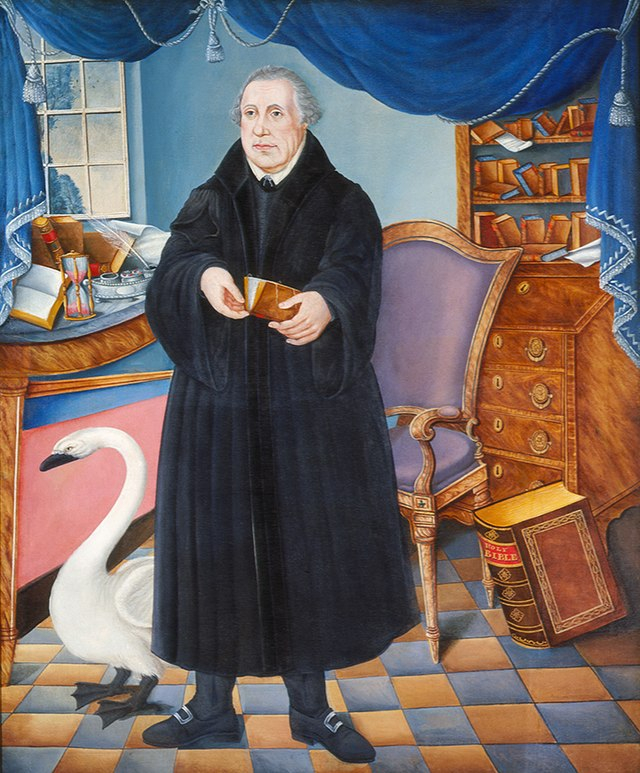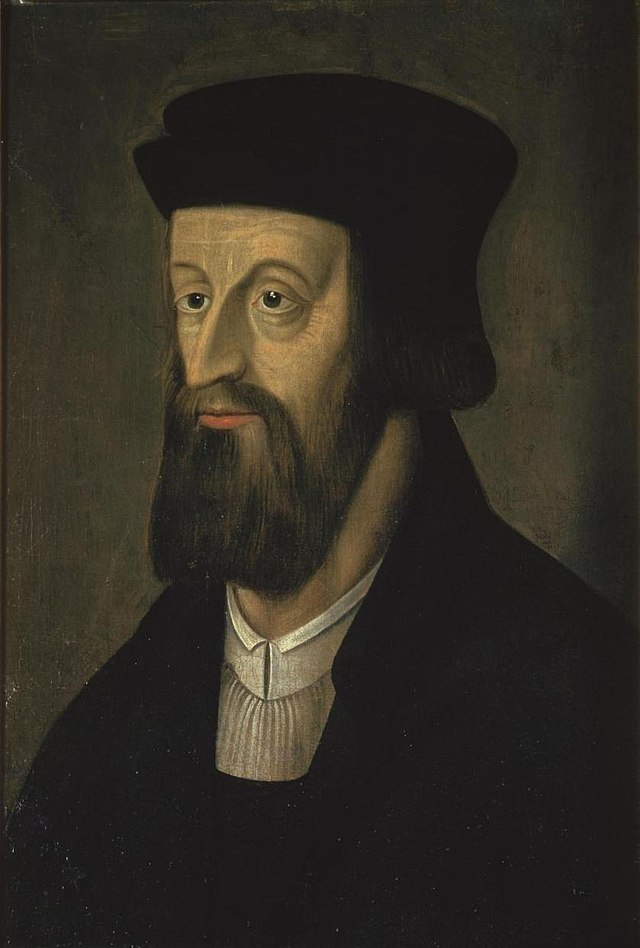Swan was regarded as a symbol of Luther by a prophecy
Jan Hus (1370-1415), a Czech priest, was a pivotal figure in the Bohemian Reformation, which predated the Protestant Reformation. His name meant "Goose" in the Bohemian language. Hus was excommunicated and burnt at the stake on July 6, 1415, for speaking out against the church. Before being burnt, he said that “You are now going to burn a goose, but in a century you will have a swan which you can neither roast nor boil”.
On October 31, 1517, almost precisely a century later (102 years), Martin Luther nailed his 95 Theses on the entrance of the Castle Church at Wittenberg, kicking off the Protestant Reformation. As a result, many people thought that Jan Hus' prophecy came true.
Furthermore, Martin Luther was hugely affected by Hus' beliefs, and he also called himself the swan that Hus predicted. This prophecy was addressed in the sermon at Luther's death in 1546. Also, because of Jan Hus' prophecy, the swan became a famous image linked with Martin Luther, and it may be found regularly in Lutheran art. And this explains why Lutheran Press proudly displays the swan logo and continues to "Trumpet the Swan!"












